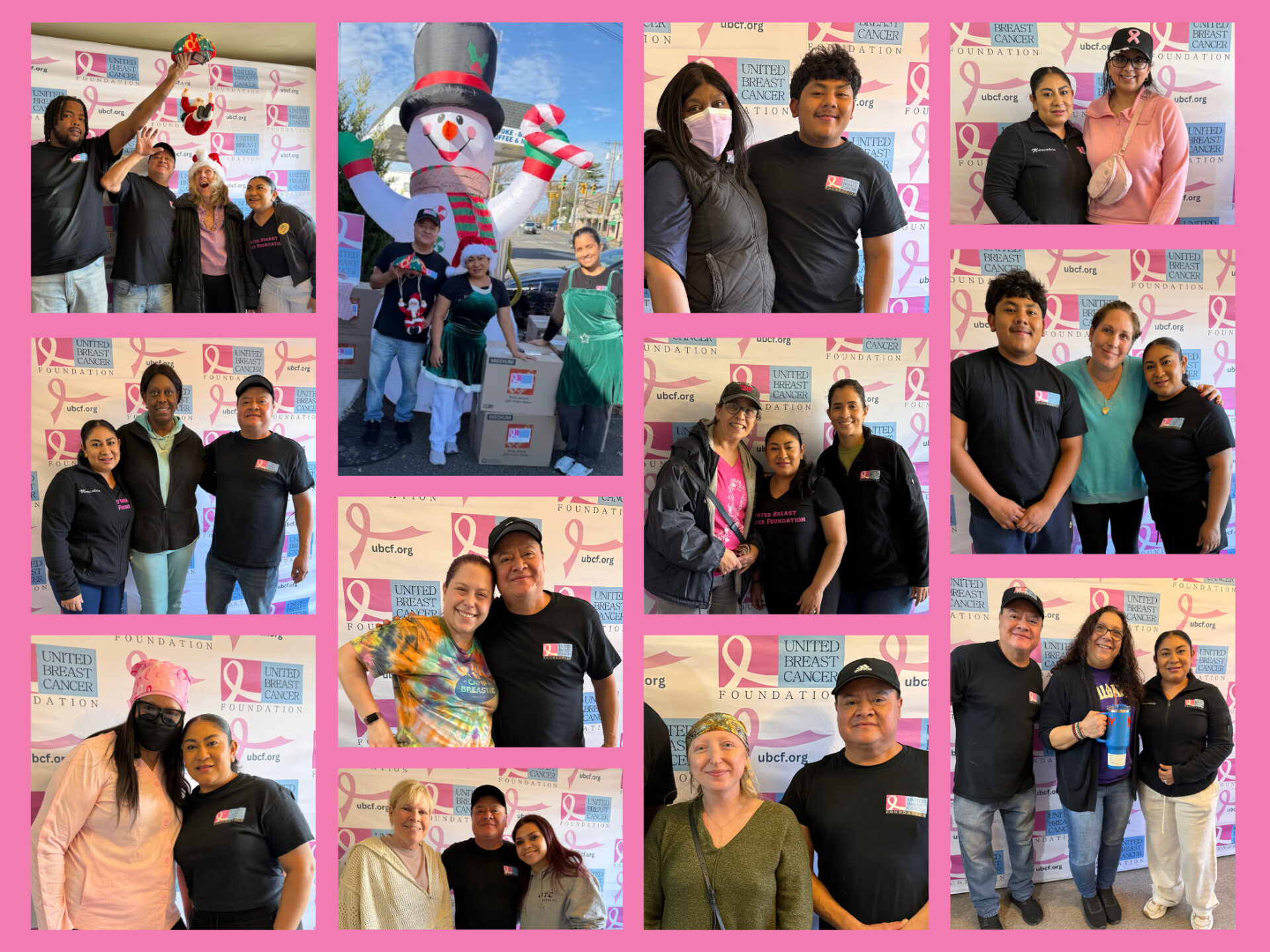There are a few token thoughts that people have when they hear the words “breast cancer” – tumors, mastectomies, chemotherapy, radiation and hair loss, to name a few. They are token thoughts for a reason; it is indeed somewhat of a sad truth that many women who undergo chemotherapy, hormonal or radiation treatments do end up with significant hair loss or hair thinning. The first time a woman notices hair loss is somewhat of a traumatic experience, whether a chunk of hair comes out as she is brushing it, or she wakes up to find strands of hair on her pillow. Hair loss can be either gradual or sudden, although it usually begins to occur after a few rounds of chemotherapy and increases about a month into treatment. Some women may not experience hair loss due to the timing of their treatment, as chemotherapy may be scheduled weekly in small doses, thus minimizing hair loss.
While not all chemotherapy drugs cause hair loss or hair thinning, there are still a handful of drugs that do. Adriamycin and Taxol cause the most hair loss in women, as it not only affects the hair on the head, but also the brows, lashes, and other areas. Cytoxan, 5-fluorouracil and Methotrexate affects women differently, but most experience only minimal hair loss. The reason that chemotherapy affects hair is that chemotherapy targets all rapidly dividing cells in hopes of getting to the rapidly dividing cancerous cells. By this logic, chemotherapy also affects the skin and nails of the patient, as these cells divide quickly as well.
If your doctor informs you that your chemotherapy treatment will definitely cause hair loss, you may want to consider proactively shaving your hair or cutting it very short. Some women report gaining a sense of control from shaving their heads, as their hair doesn’t fall out involuntarily and suddenly. In this case, the hair may be donated to Locks of Love or other organizations. Other women may wear fashionable hats or scarves on their heads, or even rock the bald look (with a healthy dose of sunscreen, as the scalp is a sensitive area). However, some women may simply not be a fan of the bald look, and may choose to wear wigs. Wearing a wig provides a huge variety of options that may not have even been available to you pre-chemo. You can go curly, straight, red, black, short, and long – any and every style is available! Wig stylists are available to thin out, style, trim or accessorize wigs to make them perfect for you.
Whatever a woman decides to do about hair loss or thinning, she can always take comfort in remembering that hair does grow back after treatment. In fact, some women actually report that their hair grows back with a different texture. So yes, hair loss can be traumatic, but women today have many different options for coping.
http://www.cancer.net/navigating-cancer-care/how-cancer-treated/chemotherapy/side-effects-chemotherapy
http://www.breastcancer.org/tips/hair_skin_nails/hair_loss
https://community.breastcancer.org/forum/69/topic/694007
http://breastcancer.about.com/od/wigsandcancertreatment/a/wigs_choosing.htm









